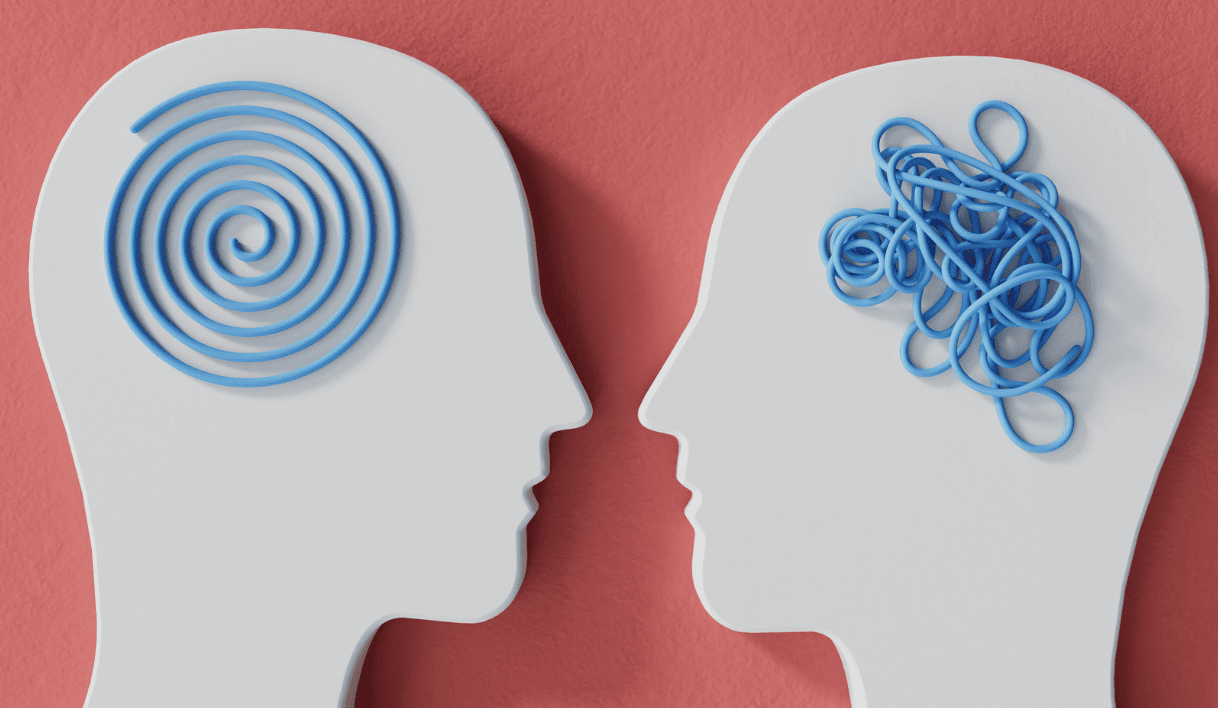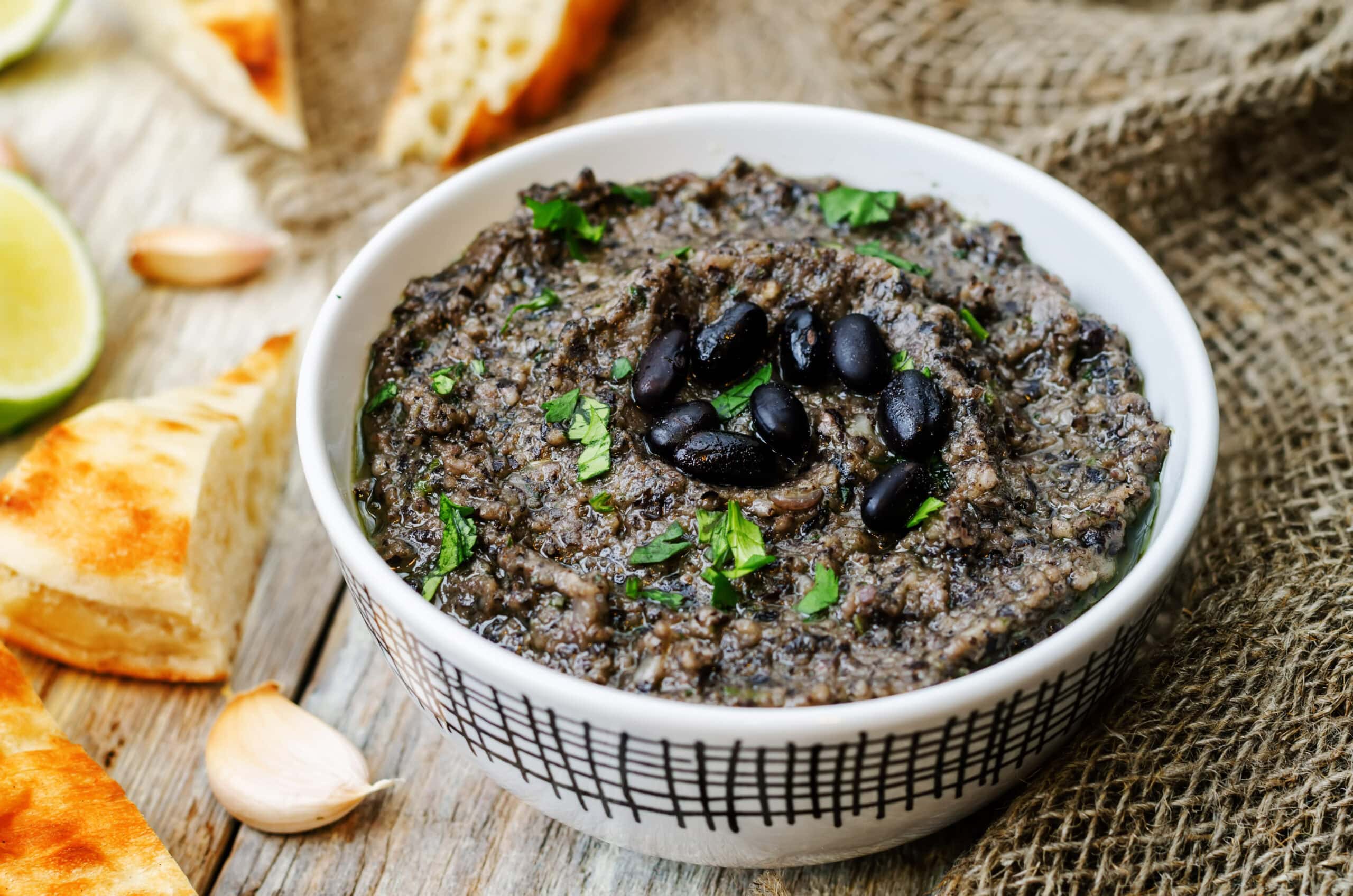Exploring the Habenula: An Overlooked Brain Structure Worth Knowing
The human brain contains numerous intricate structures, each with its own distinct functions that contribute to cognition, emotion, and behavior.
Some of these brain areas receive less attention and remain more mysterious than others. The habenula is one such overlooked region nestled deep in the brain that warrants more exploration for its significant impacts on mental health and brain function.
With Brain Awareness Week approaching, now is the perfect time to shed light on this small but mighty component of the brain and how it can affect your habits, choices, and overall lifestyle.
What is the Habenula?
The habenula is a tiny, almond-shaped structure located near the thalamus toward the center of the brain. Historically, this tiny region did not garner much interest from neuroscientists and was largely understudied and misunderstood.
However, research over the past couple of decades has revealed the habenula’s integral role in regulating dopamine, serotonin, and other neurotransmitters involved in reward processing, stress responses, sleep cycles, and mood regulation.1
Dysfunction of the habenula has been linked to conditions like depression, anxiety, bipolar disorder, schizophrenia, and addiction. Through its connections to the limbic system and its ability to suppress dopamine, the habenula serves as the brain’s built-in “motivation kill switch,” slamming the brakes on pleasure and motivation when we find ourselves in stressful, painful, or difficult situations where the outcome isn’t what we expected.
While this can be useful in avoiding risky behaviors, too much habenula activity seems to play a part in anhedonia (lack of interest or pleasure) and mood disorders. Understanding this brain structure better could be the key to helping many who struggle with mental illness, addiction, and overeating. Our team of researchers at Fresh Tri is dedicated to the study of the habenula as it’s played a leading role in how we help people achieve lasting, healthy lifestyles
Fresh Tri’s Iterative Mindset Method™
At Fresh Tri, our holistic approach focuses on cultivating mental and physical wellness through our evidence-based Iterative Mindset Method™ (IMM).
The IMM neutralizes the effects of an overactive habenula by building up mental resilience and cultivating new habits that support motivation, neuroplasticity, and lasting positive change.
The method empowers you to shape both your mindset and your neural connections in ways that allow your brain’s natural reward system to operate optimally. Small, consistent actions add up to big results over time.
For example, let’s say you set a goal to develop a healthier relationship with exercise—you vow to take a 15-minute walk each morning before work. On Monday, you take your walk. On Tuesday, you wake up ready to walk but realize your workout clothes are dirty, you get frustrated, and you don’t go on the walk. This is where iteration comes in. On Tuesday night, you make sure you have an outfit laid out and ready to go so nothing can stop you on Wednesday. You do the same on Thursday and Friday, and now you’ve found a rhythm that works for you!
The “habenula event” happened on Tuesday morning, but you iterated your way into a new process that works for you, and you practiced it the rest of the week. This is the Iterative Mindset Method™ in action.
The process also incorporates cutting-edge research on neuroscience tailored to your needs. By better understanding your own cognitive patterns and neural functioning and by taking steps to work with them, you can unlock your brain’s full potential.
Integrating the Iterative Mindset Method™ with Brain Health
The IMM’s holistic approach integrates seamlessly with the goal of enhancing brain health. Our program focuses on neuroplasticity through mindset shifts, fostering new neural connections as you adopt a new mindset. With neuroimaging, we can literally visualize the positive brain changes resulting from the IMM.
The IMM also aligns with lifestyle factors that support brain health, like exercise, nutrition, sleep, stress management, and positive thinking. By targeting thought patterns shaped by brain structures like the habenula, the IMM empowers individuals to take charge of their total body wellness.
Brain Awareness Week and the Habenula
Brain Awareness Week offers the perfect opportunity to illuminate overlooked aspects of neuroscience like the often neglected habenula.
From students to seniors, everyone can benefit from a better understanding of how brain structures interact to shape our behaviors, moods, and perceptions. Incorporating Brain Awareness Week content on how the habenula and associated brain structures influence disorders like depression can help reduce stigma around mental illness as well.2 With nearly 10% of American adults suffering from depression, the impact of this awareness cannot be overstated.
There are always new discoveries arising, even about the brain’s smallest components.
Future Directions in Habenula Research
While major strides have occurred recently, there are still many open questions regarding the precise mechanisms and functions of the habenula. Continued research using new technologies will help clarify the habenula’s role in psychiatric conditions and cognitive functions like sleep, reward-seeking behavior, and attention allocation.’
New neuroscientific research on the habenula is unearthing interesting information.
Emerging techniques like optogenetics and miniaturized electronic probes enable more targeted stimulation and recording of habenula activity in rodent models and how it controls our behaviors and mental health.3 Translational studies in humans are also essential to confirm findings and assess clinical relevance.
There are likely many more discoveries to be made about the intricate functions of the oft-ignored habenula and its implications for treating mental illness in a more holistic, brain-based manner.
The Habenula: Small but Mighty
Though it may be small, the habenula’s significant influence over mood and motivation highlights the need for greater focus on this aspect of the brain.
With Brain Awareness Week approaching, now is the perfect time to promote understanding of how this brain structure shapes cognition and behavior patterns.
Fresh Tri’s Iterative Mindset Method™ provides a research-backed approach to addressing the negative impacts of habenula dysfunction as part of holistic brain health. Want to try it for yourself? Download the FREE Fresh Tri app today!
There is still much more left to explore in the intricacies of the human brain, even in tiny structures like the habenula, that offer exciting new frontiers for improving mental (and physical) well-being.
References
- Hikosaka, O., Sesack, S. R., Lecourtier, L., & Shepard, P. D. (2008). Symposium: Habenula: Crossroad between the Basal Ganglia and the Limbic System. The Journal of Neuroscience, 28(46), 11825-11829. https://doi.org/10.1523/JNEUROSCI.3463-08.2008
- Bobinet, K., & Greer, S. M. (2023). The Iterative Mindset Method: A neuroscientific theoretical approach for sustainable behavior change and weight-loss in digital medicine. NPJ Digital Medicine, 6. https://doi.org/10.1038/s41746-023-00910-y
- Kim, C. K., Adhikari, A., & Deisseroth, K. (2017). Integration of optogenetics with complementary methodologies in systems neuroscience. Nature Reviews. Neuroscience, 18(4), 222. https://doi.org/10.1038/nrn.2017.15













